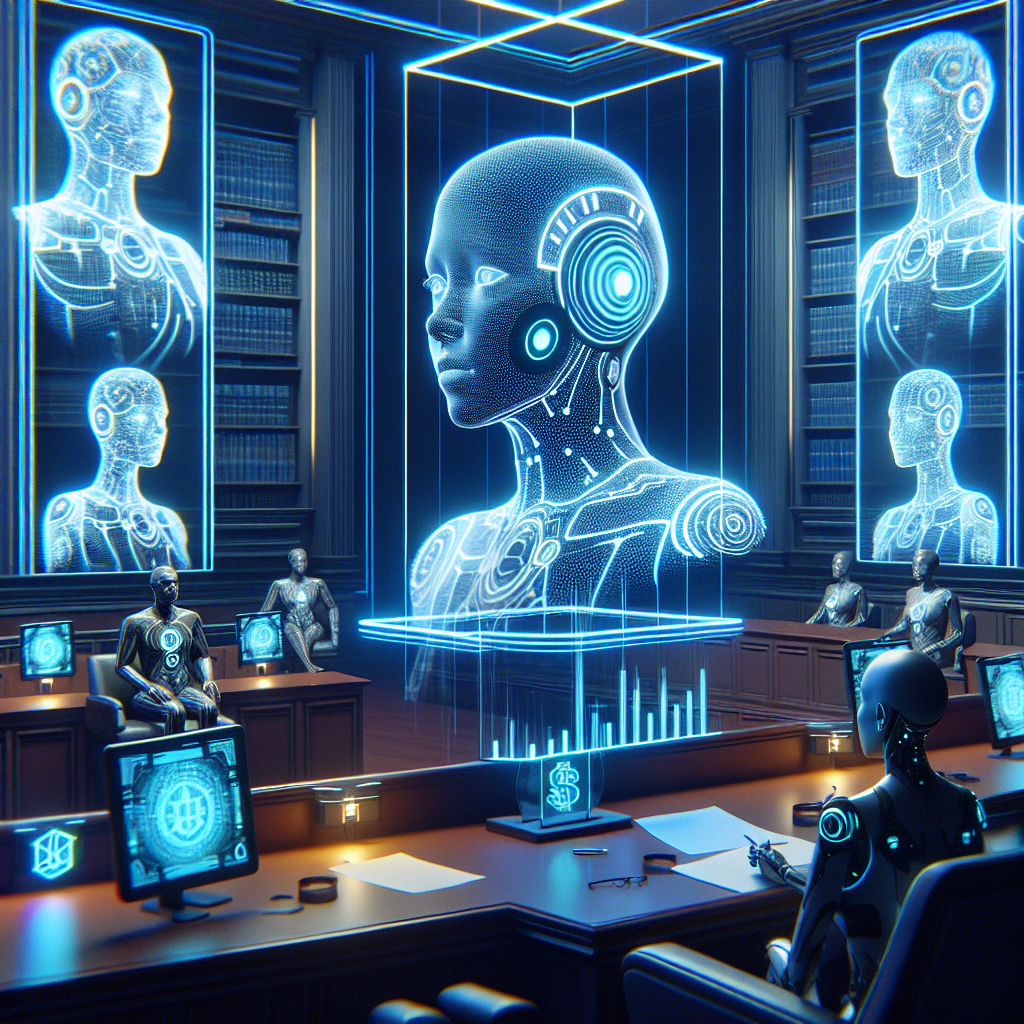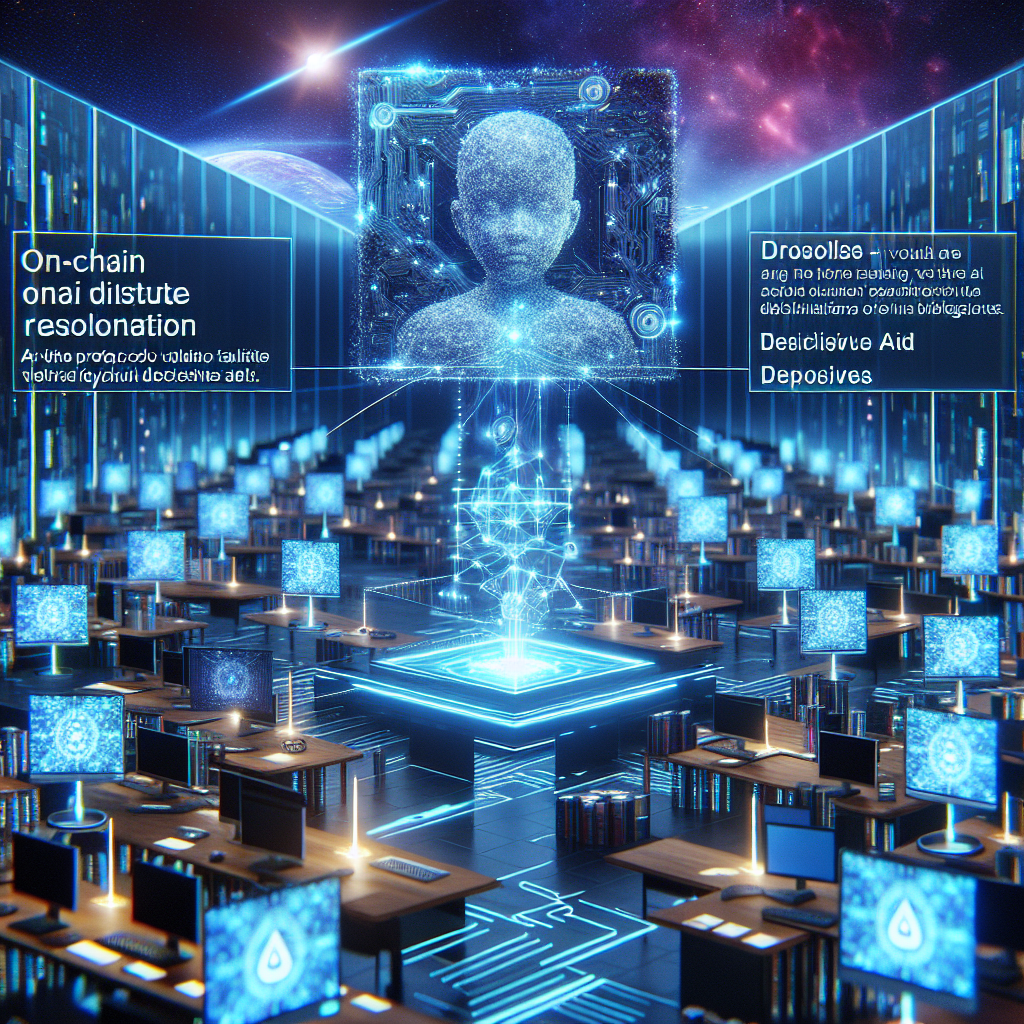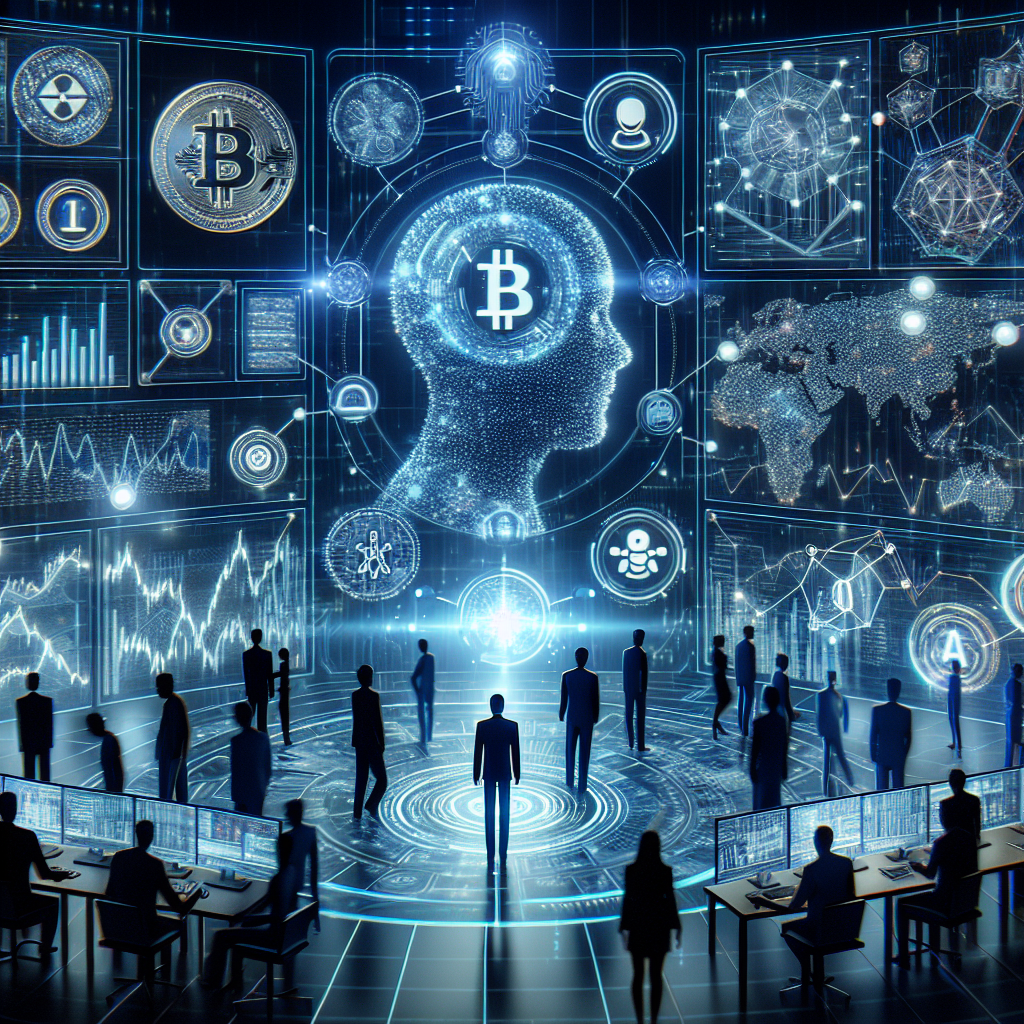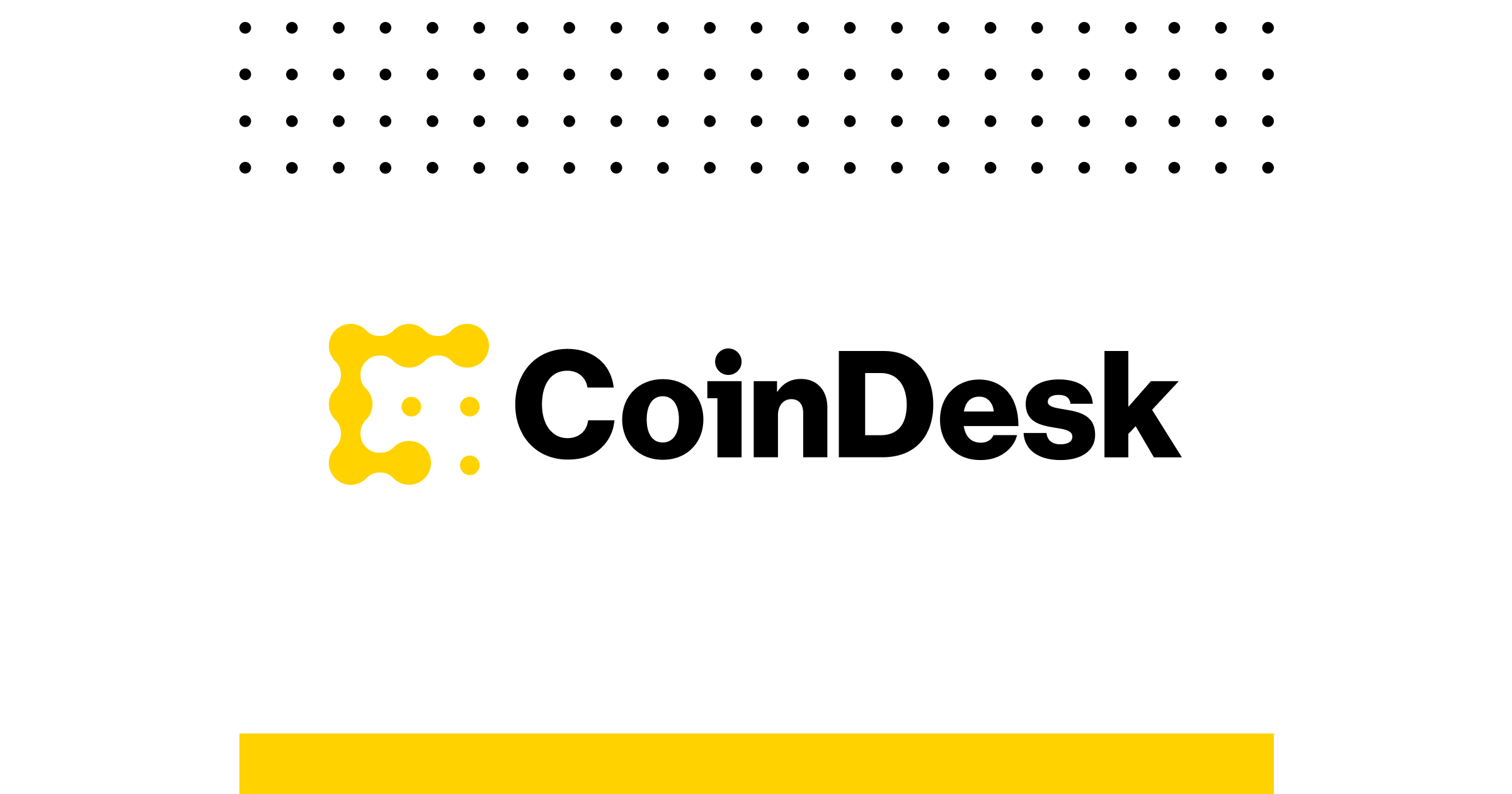AI-Powered Court System Is Coming to Crypto With GenLayer


With less than three weeks to go, the countdown has begun for the AI-powered court system revolutionizing the crypto world with GenLayer.
YeagerAI is spearheading a groundbreaking initiative by developing a protocol that employs AI models as judges to deliver swift and impartial third-party arbitration services.
GenLayer, the brainchild behind this innovation, aims to address on-chain disputes efficiently. The protocol's validators leverage AI assistance to vote on proposals, anticipating a surge in demand for such arbitration projects as AI agents evolve.
In envisioning a realm where disputes within prediction markets like Polymarket could be formally resolved through an unbiased on-chain court system or decentralized autonomous organizations could seek expert advice from a neutral third party, GenLayer offers a promising solution. The potential of automated execution of insurance payouts upon real-world events with such advanced technology is also within reach.
The proliferation of AI agents in tasks ranging from trading memecoins and analyzing DeFi protocols' security to offering market insights presents vast opportunities. The accelerated adoption of these agents may see an exponential rise by 2025, as they operate swiftly and autonomously without the constraints faced by traditional entities.
AI-Powered Court System Is Coming to Crypto With GenLayer
YeagerAI is building a protocol that uses AI models as judges, with the goal of providing reliable, neutral, third-party arbitration in record time.
- GenLayer is a crypto project that aims to help settle on-chain disputes.
- The protocol’s validators vote on each proposal with the help of AI.
- The demand for such an arbitration project may spike in the coming years with the development of AI agents.
By integrating with GenLayer, platforms like Polymarket can tap into its synthetic court system for resolutions. Users can appeal decisions made by validators through a multistage process involving increasing numbers of evaluators. This approach leverages Condorcetʼs Jury Theorem, tapping into collective wisdom for accurate outcomes even amid appeals.
The protocol's efficient decision-making process operates at rapid speeds, finalizing rulings within 30 minutes, ensuring timely dispute resolution compared to conventional litigation procedures that could span months or years. Validators are incentivized to contribute accurate information to avoid incurring costs associated with using computation resources without rewards.
In this dynamic ecosystem, validators have the flexibility to select appropriate AI models based on question complexity while being financially rewarded for aligning with correct decisions. Should discrepancies arise, an appeals mechanism steps in to maintain accuracy and fairness throughout deliberations within this innovative AI-powered court system.

When it comes to crypto markets, AI agents can be used in all kinds of ways: for trading memecoins, arbitraging bitcoin on exchanges, monitoring the security of DeFi protocols, or providing market insights through in-depth analysis, to cite only a few use-cases. AI agents will also be able to hire other AI agents in order to complete even more complex assignments.
Such agents may proliferate at an unexpected rate, Castellana said. In his view, most crypto market participants could be managing a handful of them by the end of 2025.
“These agents, they work super fast, they don’t sleep, they don’t go to jail. You don’t know where they are. Are they going to pass anti-money laundering rules? Are they going to have a bank account? Can they even use a Visa card?” Castellana said. “How can we enable fast transactions between them? And how can trust happen in a world like this?”
Synthetic court system
Let’s say a market on Polymarket settles in a controversial manner. If Polymarket is connected to GenLayer, users of the prediction market have the ability to raise the issue (or, as Castellana put it, to create a “transaction”) with its synthetic court system.
But the Polymarket users, in our example, don’t necessarily need to be satisfied with the ruling: they can decide to appeal the decision. In which case, GenLayer picks another set of validators — except this time, their number jumps to 11. Just like before, the validators issue a ruling based on the information they gather from LLMs. That decision can also be appealed, which makes GenLayer pick 23 validators for another ruling, then 47 validators, then 95, and so on and so forth.
The idea is to rely on Condorcetʼs Jury Theorem, which according to GenLayer’s pitch deck states that “when each participant is more likely than not to make a correct decision, the probability of a correct majority outcome increases significantly as the group grows larger.” In other words, GenLayer finds wisdom in the crowd. The more validators are involved, the more likely they are to zero in on an accurate answer.

The average transaction takes roughly 100 seconds to process, Castellana said, and the court’s decision becomes final after 30 minutes — a timeframe that can be elongated if multiple appeals occur. But that means the protocol can reach a decision on major issues in a very short period of time, day or night, instead of going through arduous real-world litigation processes which may take months or even years.
Looking at incentives
Every time you query an LLM, you generate a new seed, Castellana said, so you obtain a different answer. On top of that, validators have the freedom of choosing which LLM to use based on the topic at hand. If it’s a relatively easy question, perhaps there’s no need to use an expensive LLM; on the other hand, if the question is particularly complex, the validator may opt for a higher-quality AI model.
Validators may even end up in a situation where they feel like they’ve seen a certain type of question so many times that they can pre-train a small model for a specific purpose. “We think that, over time, there's just going to be endless new models,” Castellana said.
There’s a strong incentive for validators to be on the winning side of the decision-making process, because they’re financially rewarded for it — while the losing side ends up incurring costs associated with using computation, without collecting any rewards.
Since validators have no idea what other validators are voting, the goal is for them to use the necessary resources to provide accurate information with the expectation that other validators will converge on that information as well — because arriving at the same incorrect answer would probably require rigorous coordination.
And if that gambit doesn’t work out, the appeal system is ready to kick in.
“If I know that I'm reusing a good LLM, and I think that other people are using a bad LLMs and that's why I lost, then I have quite a big incentive to appeal, because I know that with more people, there’s going to be an incentive for them to be using better LLMs as well” since other validators will want to earn the rewards from a successful appeal, Castellana said.



